Beginner’s Guide to Film Stock vs Digital
Cinematography is one of the most critical facets of a film’s ability to convey its intended tone and emphasise the emotional essence of any given screen narrative – the components that assemble a film (from lighting to sound) are all encompassed by the overall aesthetic of the film, the ‘look’ of the visuals.
The creation of film stock (also known as celluloid) in the late 1880s made filmmaking possible due to the relative ease of capturing the moving image thanks to the stock’s ability to capture transmitted light, compared to previous methods in which the ‘stock’ was made of delicate paper rolls. Digital cinematography updated this procedure using image sensors to record the action and has, across the first two decades of the 21st century, surpassed stock’s popularity to become the dominating method within filmmaking worldwide.
Contemporary filmmaking commonly employs digital film to create vivid and immersive pictures. But, despite the ongoing use of digital within the modern age, many film creators insist on creatively traversing back in time and using traditional stock to photograph incredible images with stunningly unique textures. Diving deep into this ongoing debate, The Film Magazine introduces this guide on film stock vs digital.
Follow @thefilmagazine on Twitter.
Film Stock
Celluloid was at the heart of cinema’s creative and popular booms: it was the choice of the Lumière Brothers when they made history by bringing cinema to the masses, it witnessed the Golden Age of Hollywood, it oversaw the transition from black and white to colour for the first time. The method even photographed Orson Welles’ Citizen Kane (1941), a film widely considered to be the most important ever made. Much of the contemporary love for film derives from celluloid’s groundbreaking essence that was there from the birth of cinema. Whilst nostalgia plays a prominent role in the appreciation of stock to this day, the medium stands on its own two feet as an interesting, meaningful and enjoyable storytelling approach.
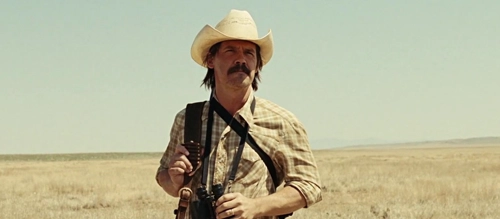
The sheer technicalities of film stock provide a stunning image, with a captivating and diluted level of visual grain that adds an air of authenticity, a niche pleasure for the eye that infuses a degree of realism. Dramas become embellished with a gritty quality that enhances the dreary atmosphere, horror becomes more gothic, and noir films become coated in a cryptic aura. Further intensifying the look is film’s visual warmness that softens the edges. It has roll-off, meaning that the distinctions between highlights and shadows, borders and lines, are gradually defined rather than sharply and harshly established; think of the film No Country for Old Men (2007) or the more recent Babylon (2022). Or, to further reminiscence on the beauty of the film, take a look at Quentin Tarantino’s entire filmography.
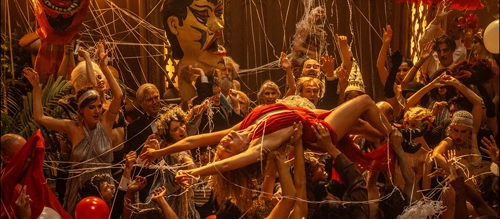
Tarantino is a filmmaker vehemently devoted to film stock, often going on record to spew his disdain over digital screening. At a Cannes press conference for an anniversary screening of Pulp Fiction (1994), the director stated, “As far as I’m concerned, digital projection is the death of cinema”. While many may raise an eyebrow at the level of contempt, there is evidence that the burgeoning desire for an analogue-like image can sometimes surpass the appeal of digital filmmaking. Many recent films were shot on film stock, such as Inception (2010) and The Lighthouse (2019), while some modern digital films including Lady Bird (2017) and Call Me by Your Name (2017) were shot digitally but used particular cameras such as an Arri Alexa (which has an electronically-produced grain on the sensor) in an attempt to mimic film stock’s ‘lived in’ effect.
Digital
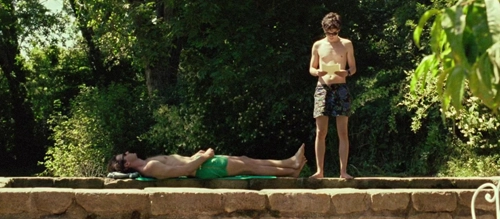
Digital filmmaking, on the other hand, has a number of quirks that make it a strong contender in the battle between traditional and contemporary methods. Digital came to fruition in the 1990s, slowly becoming the primary method after a decade-or-so of growing in the market. In the 2010s, digital was the dominant method, making it increasingly rare to see a purely analogue film. The change to digital has altered the course of cinema, with the hyper-realistic mode of aesthetics and the brutally sharp definition arguably aiding in the influx of fast-paced, action-fantasy-based films; particularly that from the various comic book universes.
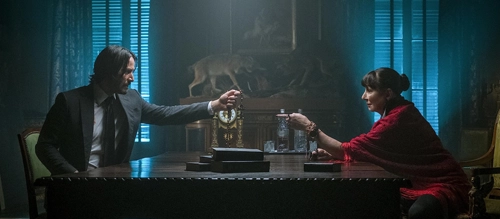
How the technology projects the frame rate makes for that now-classic Ultra HD 4K look that so many of us crave when it comes to films with a kaleidoscope of colours and tones to explore. Movies such as Everything Everywhere All at Once (2022) and the John Wick series are electrically charged with fierce visuals at the hands of digitisation. You feel like you are wearing 3D goggles without the blue-red hues overtaking the screen. Digital has transformed the industry, both on a visual and a commercial level.
Logistics
Film stock is costly, with films opting to shoot on the likes of 35mm, 70mm and IMAX, all costing thousands upon thousands more than their digital counterparts (per day), with the editing process far more extensive due to the stock often needing to be converted to digital to make necessary adjustments. The entire process from start to finish is tedious, but it is still an art form. Whilst total respect must be paid to the beauty of celluloid methods, an essential factor of the popularity of digital methods is its means of accessibility.
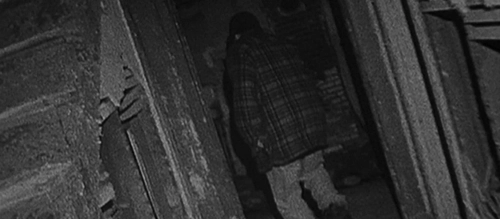
Cinema can be a cruel industry, with films costing copious amounts of money to produce. Whilst the market is still incredibly cutthroat, digital production allows nearly anyone with access to a recording device the ability to make a film.
Nineties classic The Blair Witch Project (1999) was mainly shot on a relatively attainable camcorder. Taking this independent approach even further is the recent use of phone technology to film entire movies, such as Tangerine (2015).
Advancing the logistics of digital methods is how they can withhold footage for an infinite amount of time. Film stock, by comparison, requires dust-free, sunlight-free environments kept at a steady low temperature to maintain its quality. The storage of film stock is therefore costly, and there have been countless dreaded horror stories of how entire sections of footage have been lost or destroyed when captured on stock even when it has been maintained correctly, largely due to the lack of insurance that the material withholds. Tod Browning’s London After Midnight (1927) became an infamous lost film after a vault fire in 1965 at MGM Studios caused the stock to be demolished. In contrast, digitised cinema has the permanence to be treasured for an eternity should it be archived with the appropriate equipment capable of playing it.
On Set
Celluloid has a unique, irreplicable quality where every shot, scene, and still, must be deliberate. Once something has been recorded, it must be meticulously developed and processed before anyone can view it. To see whether your day of filming has achieved the required results, the director and producers must await dailies that often aren’t available until the next morning. In digital film, the image is there immediately, ready for the director to watch on set and then adjust as necessary, or go ahead with retakes. Every movement is carefully selected with film stock, and devotion to nailing the scene is vital. Digital empowers improvisation and especially thrives in post-production, which is valuable to the many films relying on post-production effects to conjure entire sequences. Whether or not some digital films can capture the same aesthetics seen on stock is an argument that is continuously batted back and forth within this discourse, yet one undeniable aspect is that celluloid filmmaking ensures more control for the filmmakers on set.
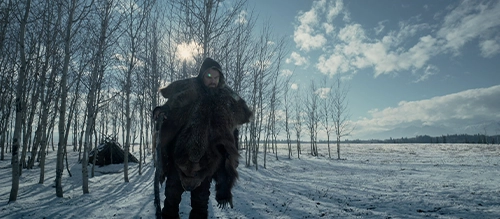
Film does not suit every project; imagine Bullet Train (2022) without the neon-lit ferocity that digital methods provide, or take the visuals of The Revenant (2015) without the razor-sharp definition that aids its unforgiving realism. Great modern cinematographers like three-time Oscar winner Emmanuel Lubezki have long embraced the freedom of movement that having lighter digital cameras offers, and his work alongside Terrence Malick and Alejandro G. Iñárritu has been some of the most visually resplendent in US cinema over the past several decades.
Likewise, digital is not the perfect choice for every film. Christopher Nolan and cinematographer Hoyte van Hoytema were able to capture the timelessness of war-time footage and the classic war movies of generations gone by when they filmed Dunkirk (2017). Meanwhile, J.J. Abrams and Lucasfilm were able to use a return to film stock as a promotional method for their seventh Star Wars film The Force Awakens (2015), promising fans who were critical of the fully-digital prequels Attack of the Clones (2002) and Revenge of the Sith (2005) that they would offer a visual experience more akin to the classic trilogy released between 1977 and 1983.

Despite the quality of film stock being so high that 4K versions of classic films can still be released on home video to this day, there will never be a concise answer to the question of which method looks best. The market will, however, dictate which one maintains or establishes dominance. In recent years, there has been an influx of films pouring into the mainstream movie market that benefit from digital methods, such as Avatar The Way of Water (2022) and Indiana Jones and the Dial of Destiny (2023). And, with the risk versus reward of every tentpole studio release topping hundreds of millions of dollars, it is likely that studios will continue to prefer digital filmmaking as it is both cheaper and offers them more insurance regarding the quality of the footage attained.
The most important takeaway from this ongoing debate is not which style is best, but how we can ensure the continuity of both as viable options in mainstream and independent filmmaking. Film stock’s prior dominance does not mean automatic championship, nor do digitalisation practices reign in this debate due to their contemporary popularity. All that matters is that filmmakers are allowed to choose whichever method is appropriate for the film. By keeping film stock alive and well, the chance for filmmaking fluidity remains possible.

